Mange Treatment for Dogs: Effective Medicines, Care Tips and Prevention
Mange is one of the most common parasitic skin diseases in dogs, caused by mites burrowing deep into the skin and triggering severe itching, hair loss, and sometimes open sores. This condition spreads quickly, and without timely mange treatment for dogs, it can lead to secondary infections or even be life-threatening. This guide combines proven mange medicine for dogs, home care tips, environmental management, and prevention measures to help dog owners tackle this problem from diagnosis to recovery.
Accurate Diagnosis and Isolation to Stop the Spread
Early signs of dog mange include red patches and small bumps around the ears, nose bridge, and eyes, along with intense itching (dogs may scratch constantly or rub against the floor). As the disease progresses, the skin thickens, scabs form, and hair falls out. If you notice symptoms like brown ear discharge, nasal breathing difficulty, or swelling around the eyes, consider possible dog mange infection.
Laboratory confirmation via skin scraping under a microscope is the gold standard. If negative but symptoms strongly suggest mange, a PCR test can improve accuracy.
Since mange spreads through direct contact, infected dogs should be isolated immediately. Avoid sharing bowls, toys, or bedding with other pets. Wash your hands thoroughly after handling to avoid temporary skin irritation in humans.
Medicine-Based Mange Treatment for Dogs
Topical Medications
Mild cases: Sulfur ointment applied twice daily until absorbed, or 0.5% Dichlorvos solution bath once a week for 10 minutes.
Severe cases: 2% ivermectin spray (not for Collies) with an Elizabethan collar to prevent licking and poisoning.
Ear infections: Dimethyl phthalate mixed with cottonseed oil (1:3 ratio), applied twice daily to ear canals.
Oral Medicines
Antifungal: Itraconazole (5mg/kg once daily) for secondary fungal infections.
Anti-parasitic: Terbinafine HCl (30mg/kg once daily) to kill mites.
Nutritional support: Vitamin B complex (5mg/kg) to promote skin barrier recovery.
Medicated Baths
Western medicine: Amitraz solution (3ml per 9kg warm water, 40–45°C) for 15–20 minutes once a week.
Herbal bath: Boil Isatis root, Sophora root, and Eupatorium (ratios given) and soak for 10 minutes daily for 3 days.
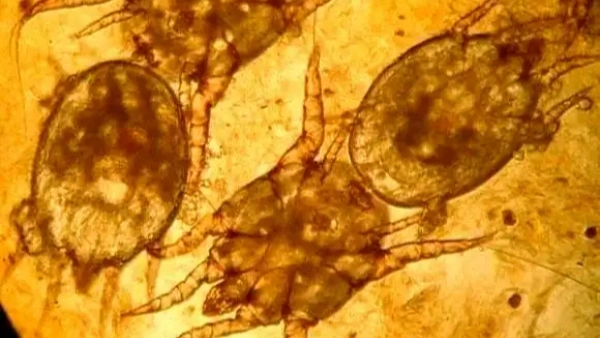
Environmental Disinfection and Management
Daily Cleaning
Vacuum carpets and sofa gaps daily to remove skin flakes and mite eggs. Wash dog bedding and toys in hot water (60°C) for at least 30 minutes.
Deep Disinfection
Use pet-safe disinfectants containing benzalkonium chloride or peracetic acid, diluted 1:200, sprayed on floors and kennels three times a week.
Humidity Control
Keep indoor humidity below 50%. Use a dehumidifier and UV light for 2 hours weekly to disrupt mite survival.
Everything Our Vets Recommend
Everything Our Vets Recommend
Care Tips and Precautions
Clip Hair Around Lesions: Remove 3cm of hair around infected areas for better medication absorption.
Disinfection Steps: Rinse with saline, soften scabs, then wipe with 2% hydrogen peroxide before drying.
Elizabethan Collar: Wear for 24 hours after medication to prevent ingestion and poisoning.
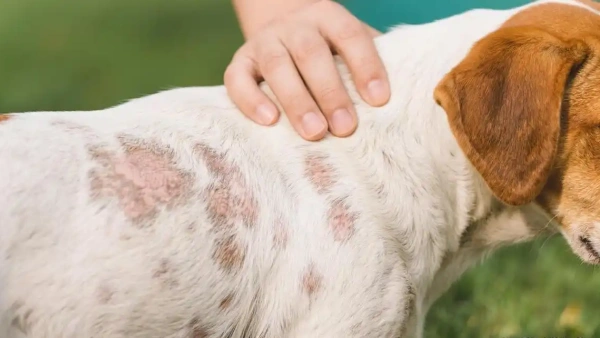
Prevention and Long-Term Management
Monthly external parasite control (fipronil-based drops) and quarterly internal deworming (praziquantel-based oral meds).
Weekly UV kennel disinfection and regular cleaning of bowls and bedding.
Feed high-protein dog food (30%+ animal protein) with chicken breast, egg yolk, and fish oil for immune support.

FAQ
Q1: How long does mange treatment for dogs take?
A: Mild cases improve within 7–10 days, with scabs falling off in 2–3 weeks. Severe cases may require 4–6 weeks. Stop treatment only when skin scraping tests are negative and no new lesions appear.
Q2: What are the side effects of mange medicine for dogs?
A: Ivermectin may cause vomiting and diarrhea; Collies must avoid it. Amitraz baths in excess can cause tremors and drooling. Always dose according to weight.
Q3: How to prevent mange from coming back?
A: No need for long-term medication after recovery, but monthly external parasite control and regular environmental disinfection are essential. Isolate new dogs for 7 days before contact.
Successful mange treatment for dogs depends on accurate diagnosis and combining medicine, care, and environment control. With patience and proper management, most dogs can fully recover and regain healthy fur.
You May Like:
- Fleas on Cats Symptoms — How to Spot Signs and Treat Quickly
- Effective Flea and Tick Medication for Dogs That Works Fast and Lasts Long
- Best Flea and Tick Prevention for Dogs to Keep Them Safe and Healthy
- Best Flea Shampoo for Dogs: Effective Solutions for Fleas and Ticks
User Comments
Does flea treatment kill ear mites too?
Can dogs take human probiotics?
Can dogs have people probiotics safely?
Related Articles
View all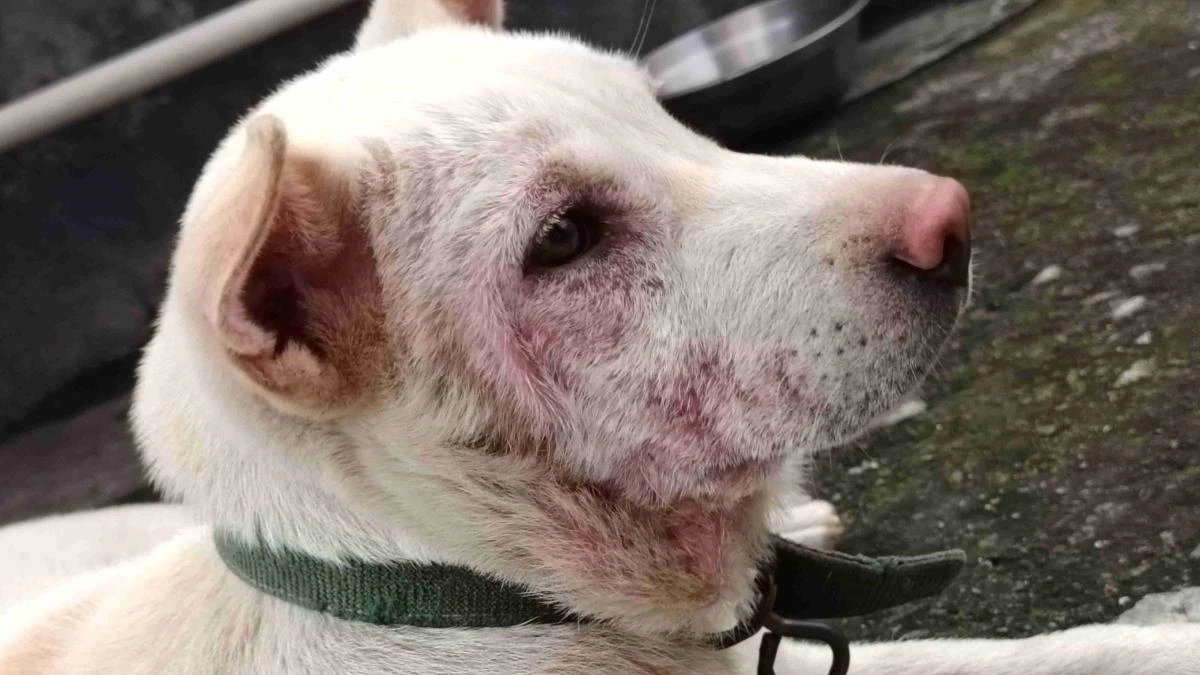
How to Get Rid of Dog Allergies Naturally: Common Mistakes
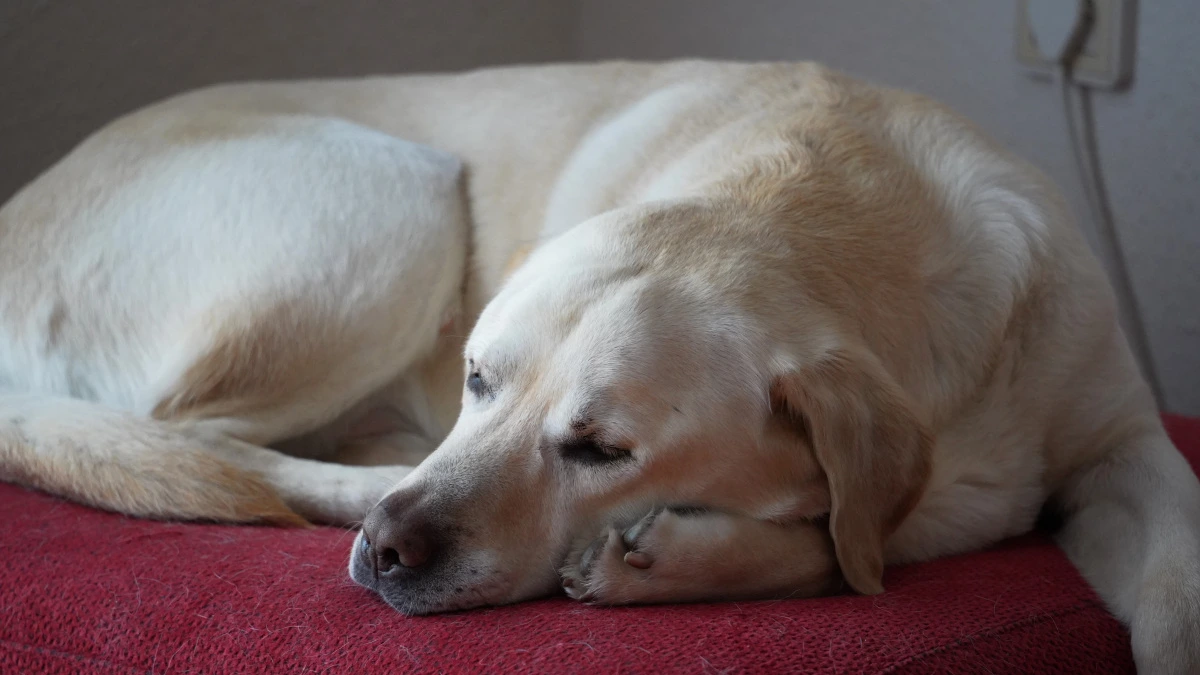
Dog Allergic Reaction Eye Swelling: Hidden Mistakes to Avoid
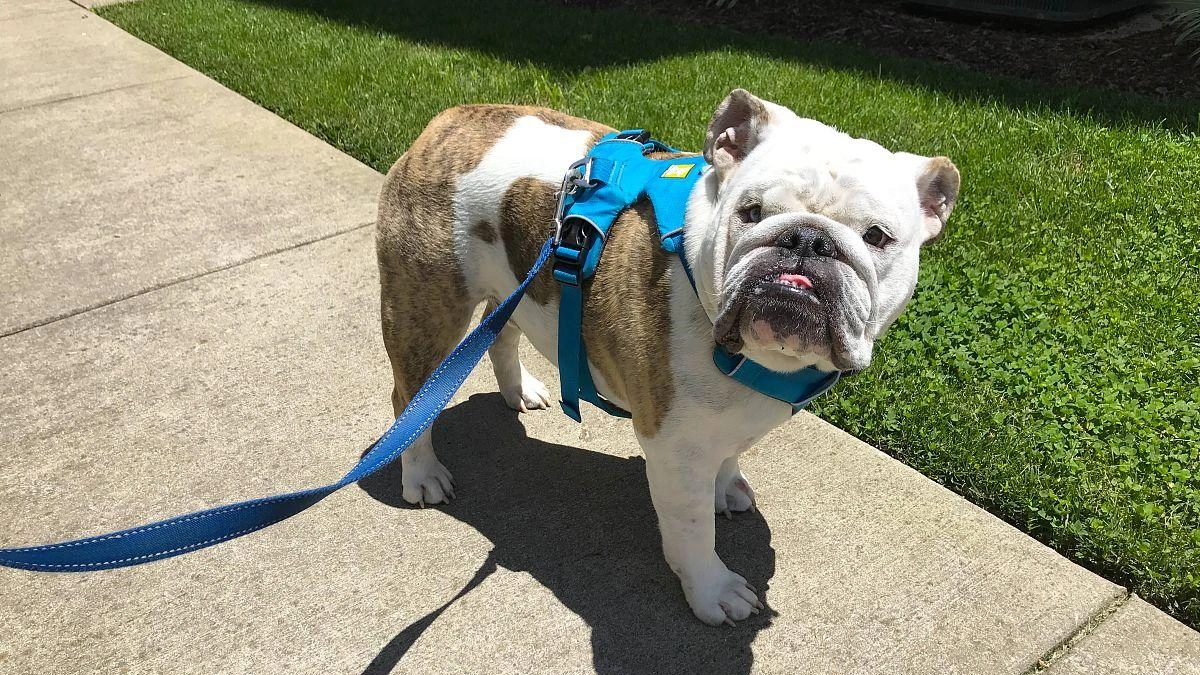
Why Do Bulldogs Scratch? Bulldog Skin Allergies Guide
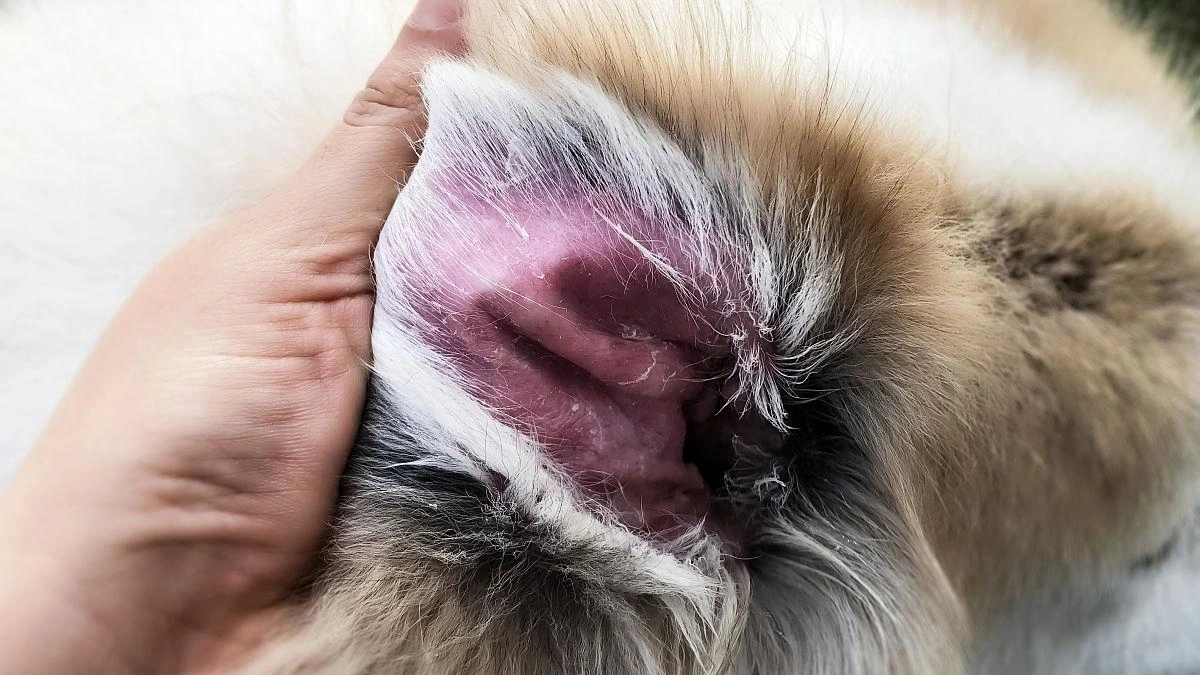
Cure for Dog Skin Allergies Owners Often Miss

How to Get Rid of Dog Allergies Naturally: Common Mistakes

Dog Allergic Reaction Eye Swelling: Hidden Mistakes to Avoid

Why Do Bulldogs Scratch? Bulldog Skin Allergies Guide

Cure for Dog Skin Allergies Owners Often Miss
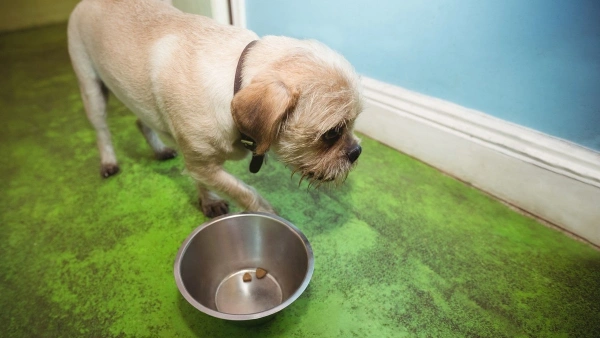
Vet-Recommended Wet Dog Food for Sensitive Stomachs — 2025 Guide
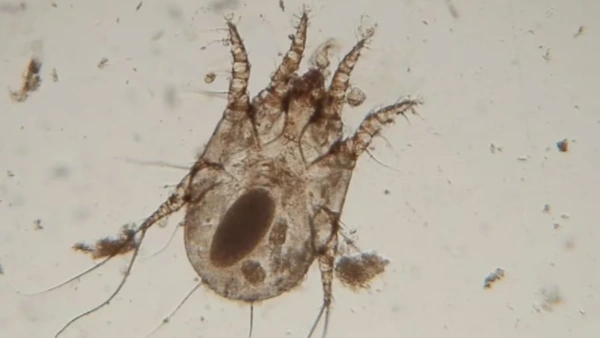
Dog Dust Mite Allergy: Symptoms, Treatment, Prevention
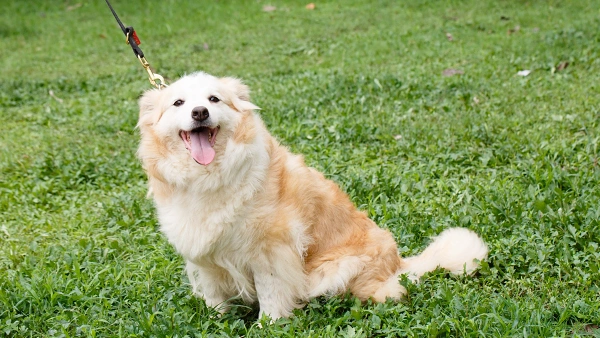
Can Allergies in Dogs Cause Diarrhea and Vomiting? Explained
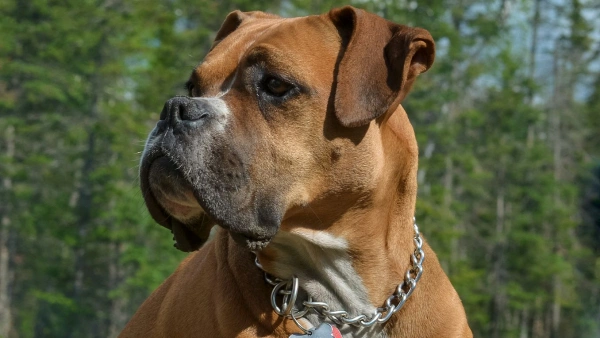
10 Pitbull Health Problems You Should Know in 2025 — Tips
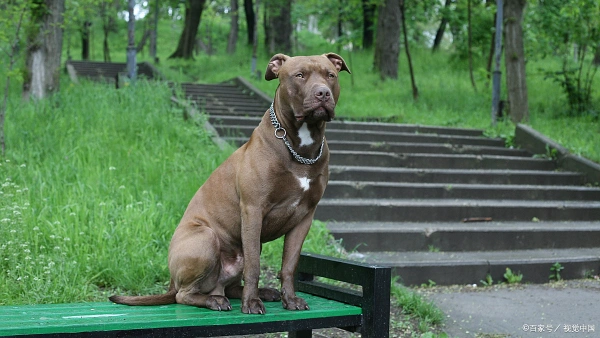

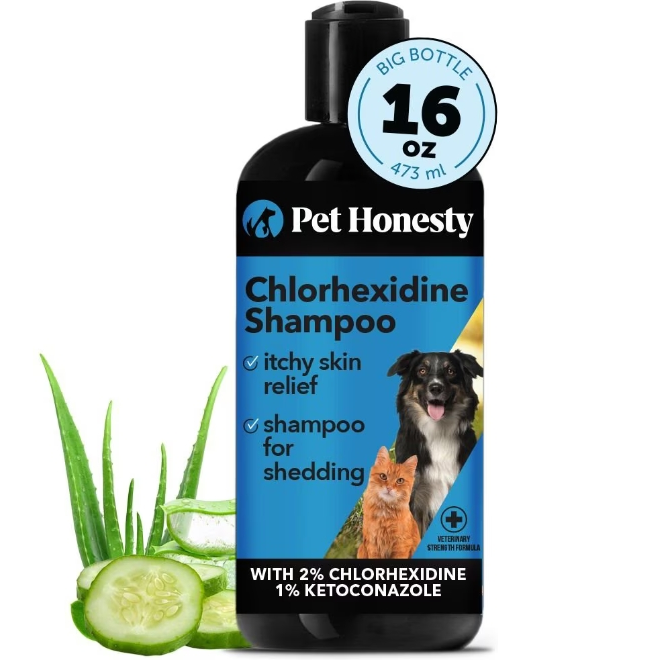
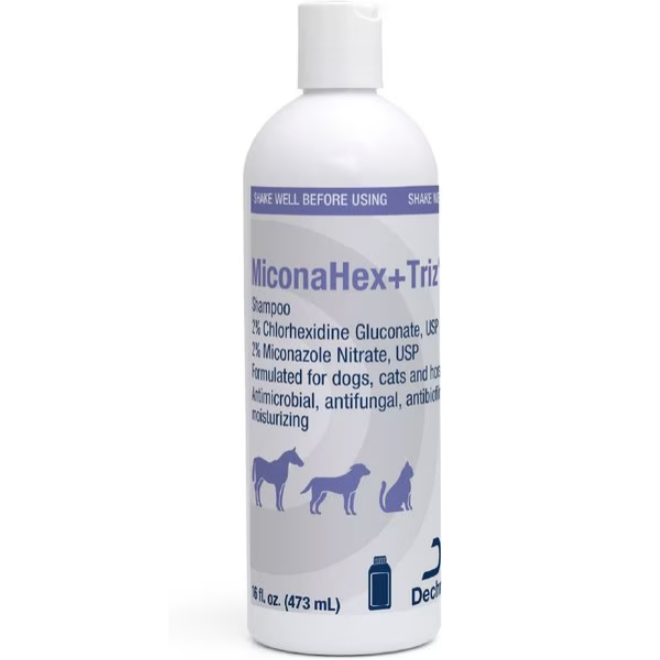
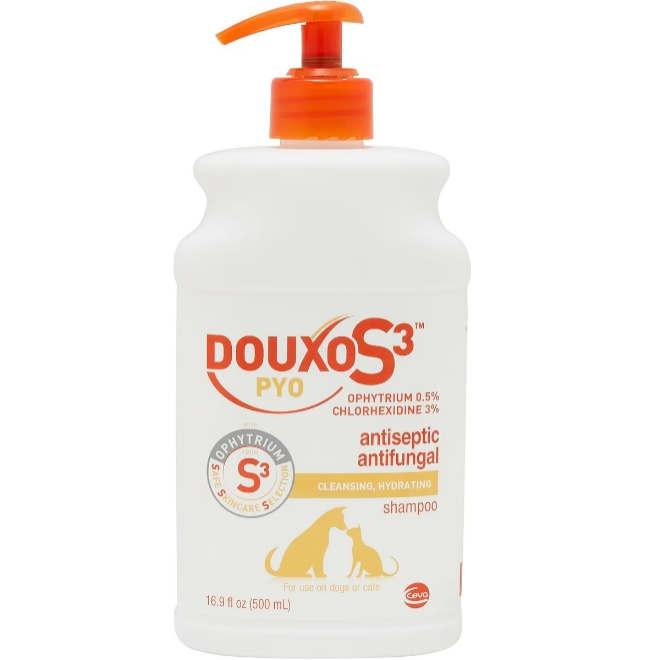
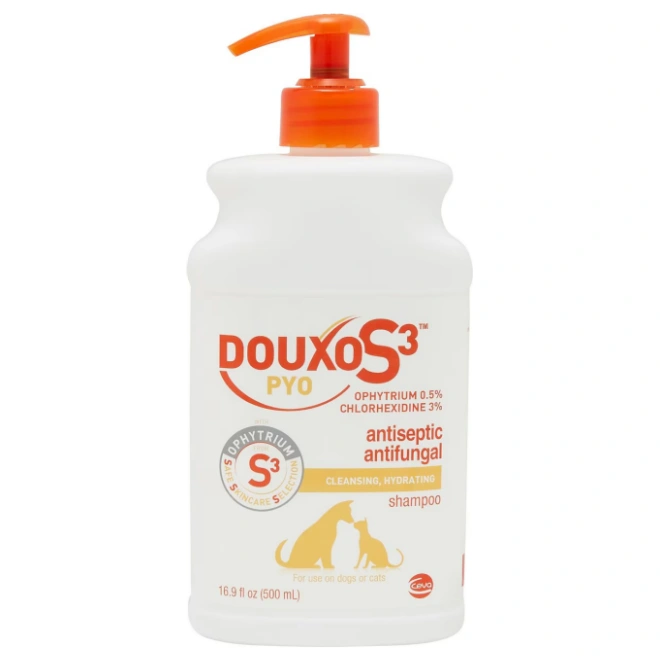











Leave a Reply